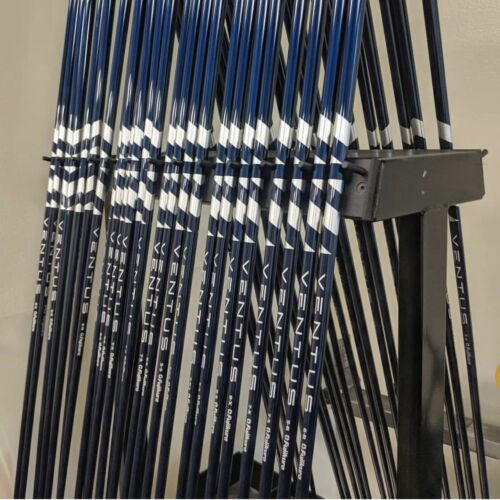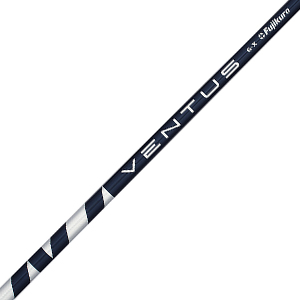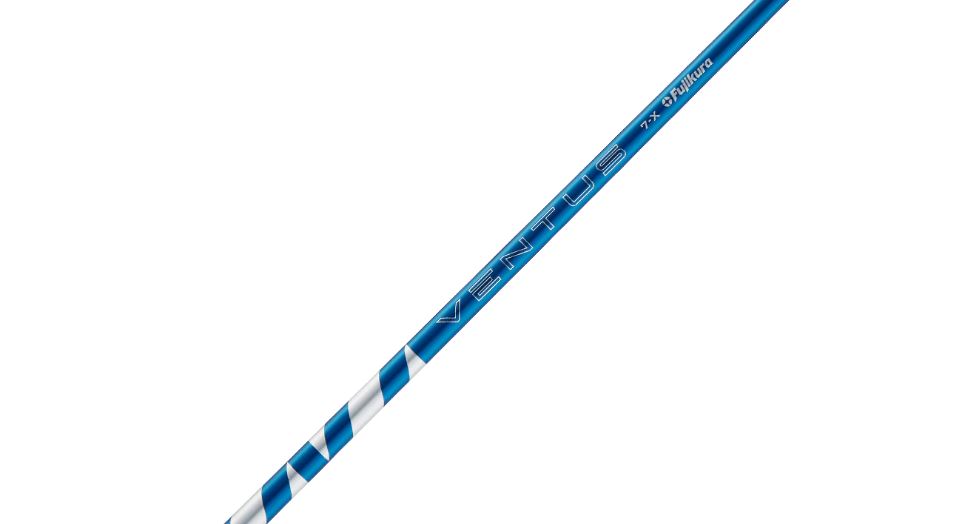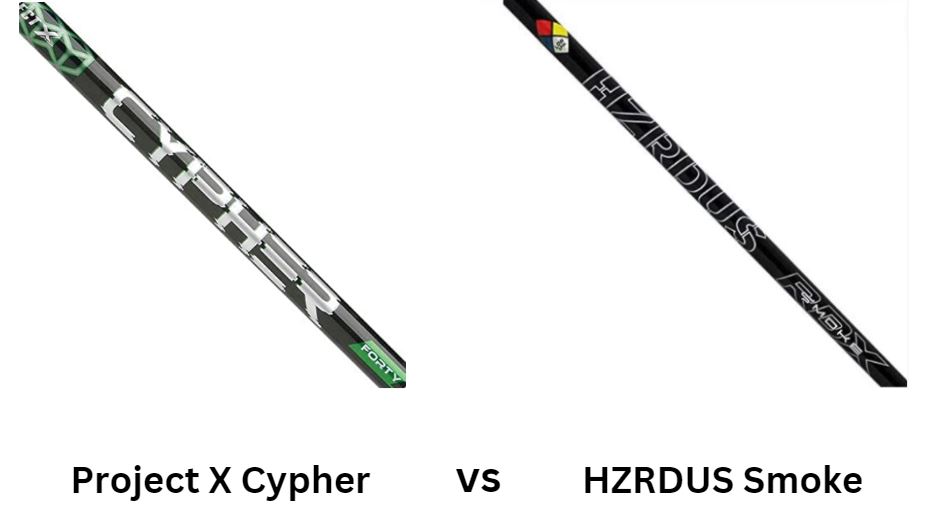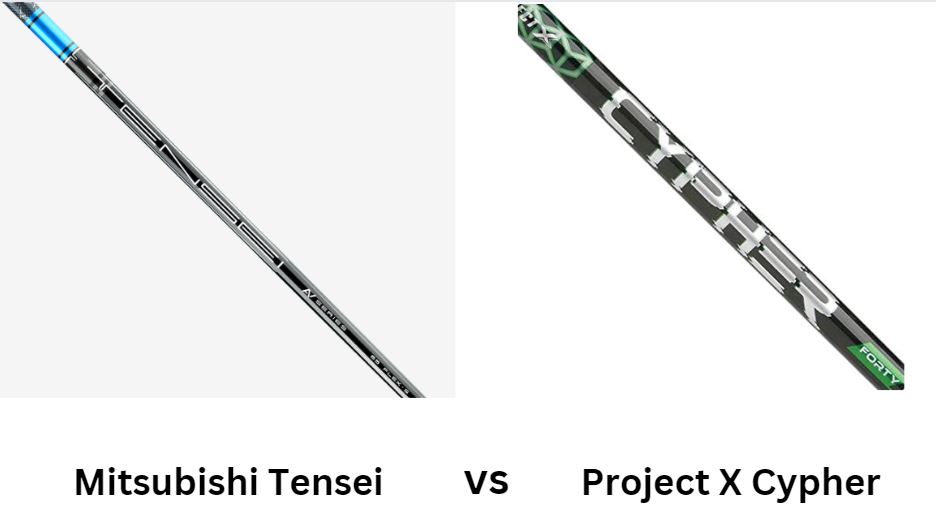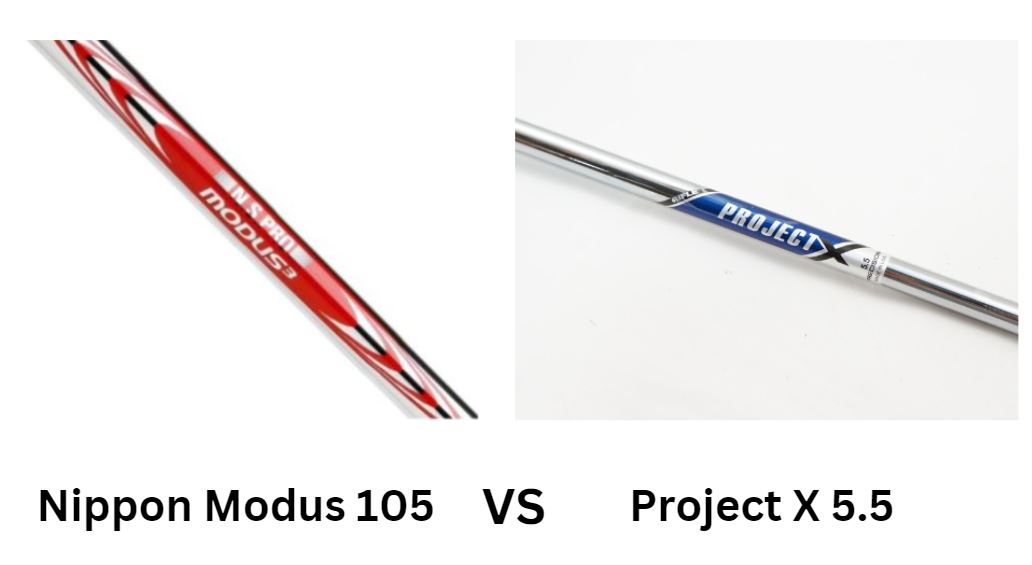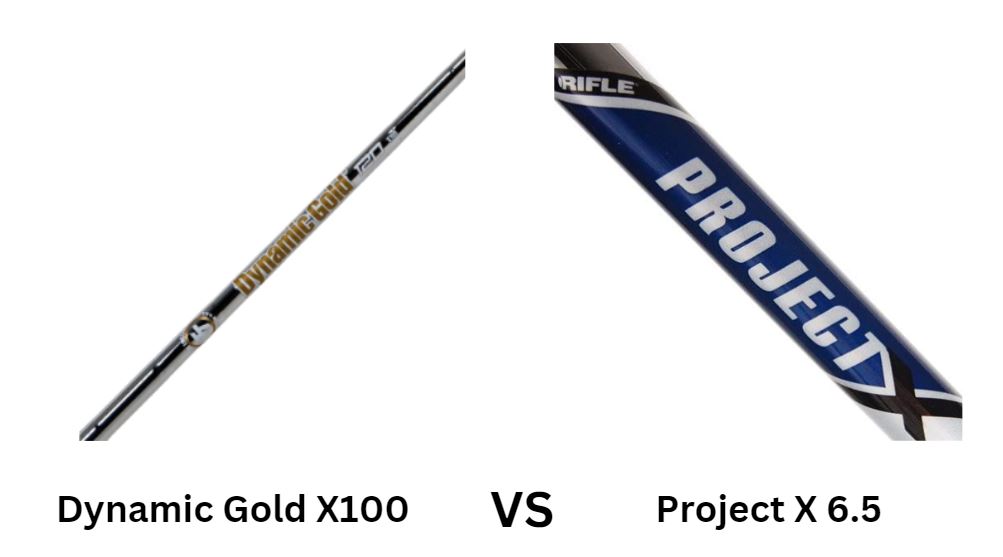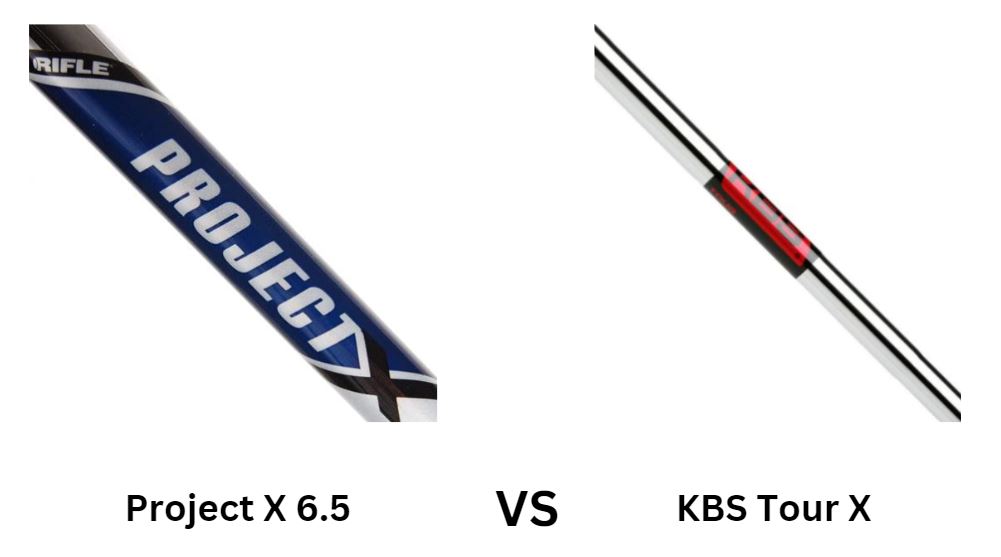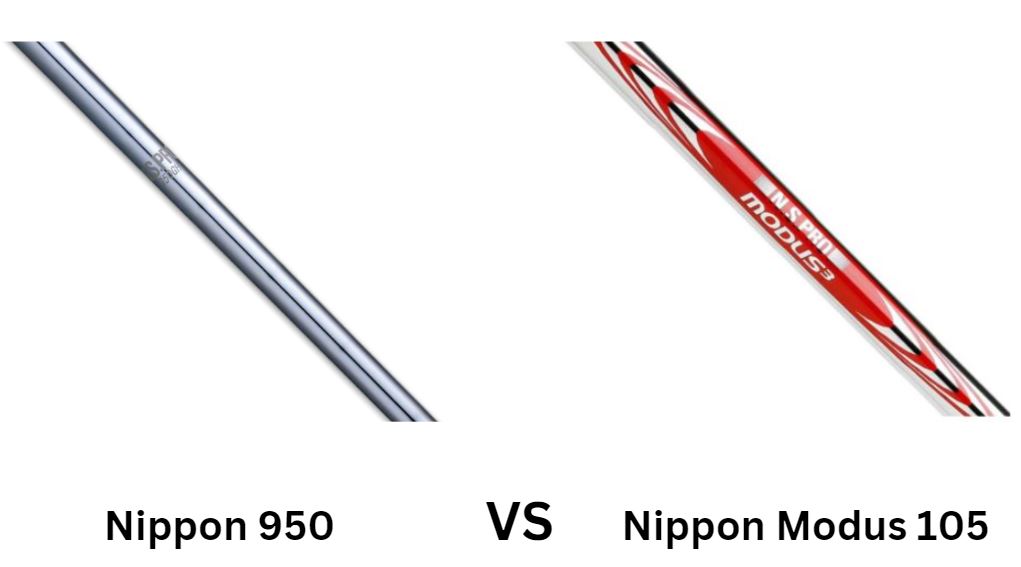Fujikura Ventus Blue 5 Vs Fujikura Ventus Blue 6 Comparison
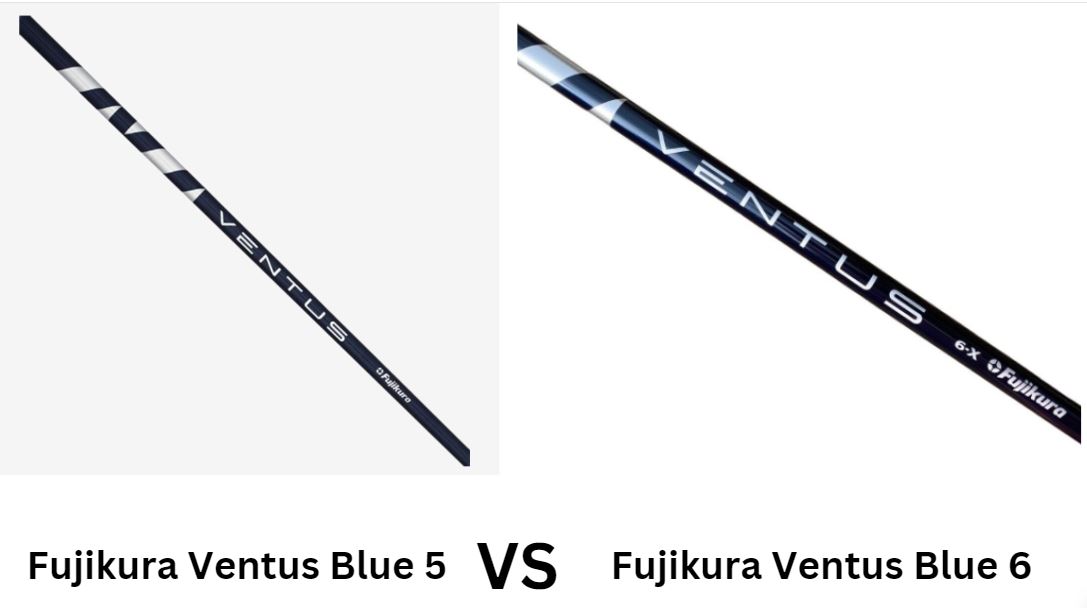
Today we examine the performance/feel differences between the Fujikura Ventus Blue 5 and Fujikura Ventus Blue 6 shafts.
Fujikura Ventus Blue 5 Shaft Overview
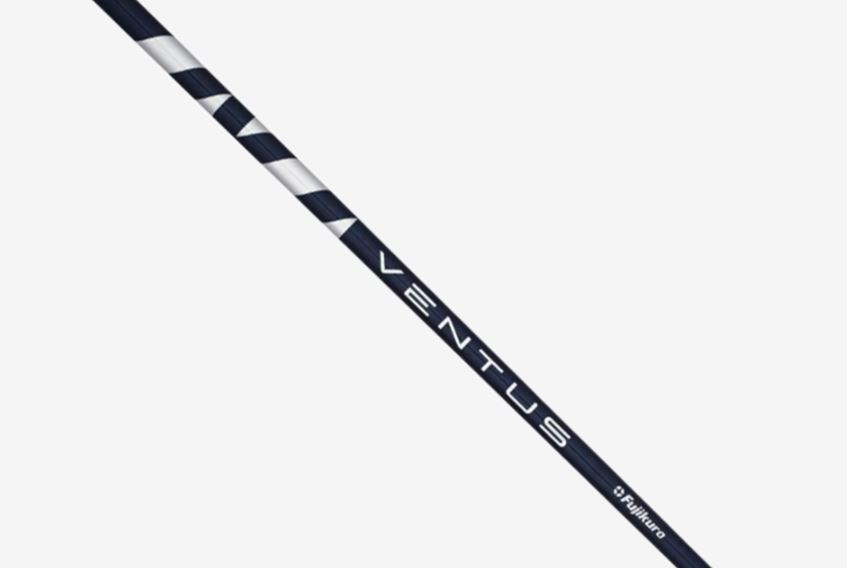
“The Fujikura Ventus Blue 5 comes in R2 (58g), regular (58.5g) and stiff (59g) flex.”
Compared to the Fujikura Ventus Blue 6, the Fujikura Ventus Blue 5 had a lower kick point which produced steeper launch angles for me.
With the Blue 5, I was averaging launch angles of 16.2°. But the transition was smooth.
While the bend point was low and noticeable, it wasn’t abrupt. Instead, I could feel the energy transfer smoothly through the shaft and through the ball.
But the high launch did produce wider-than-typical dispersion for me: 15.7 yards off-line divergence on average.
Fujikura Ventus Blue 6 Shaft Overview
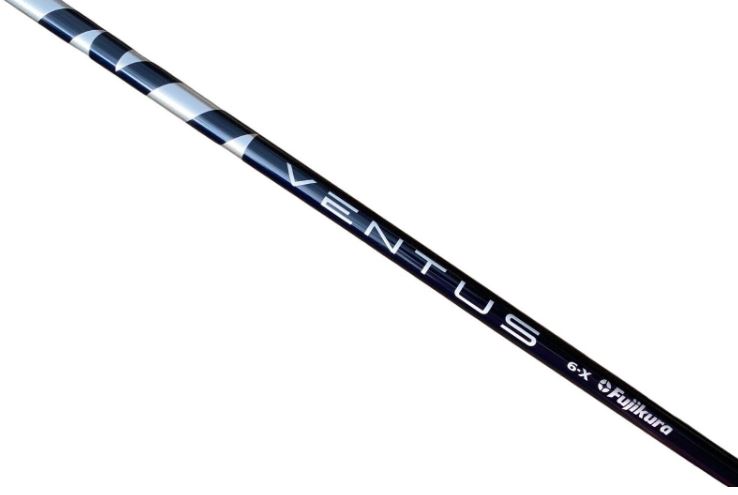
“The Fujikura Ventus Blue 6 comes in regular (65g), stiff (65g), extra stiff (65g) and tour extra stiff (68.5g) flex.”
The Fujikura Ventus Blue 6 maintains a stiff tip section with a kick point that is slightly higher than the Blue 5.
My launch was a bit more controlled at an average of 14.5° so I was picking up some extra carry and rollout distance.
The Fujikura Ventus Blue 6 had the same smooth feel through transition with a kick point that I am more accustomed to.
My dispersion was tighter and I felt like I could load up on the Blue 6 just a bit more than I could with the Blue 5.
“The Fujikura Ventus Blue 6 was definitely the better shaft for me. But I have a fast-ish swing and I can easily see how the Fujikura Ventus Blue 5 would be more beneficial for slower swingers.
The Fujikura Ventus Blue 5 provides a bit more acceleration through the ball and will help you put serious air under it.”
How Does the Taylormade Ventus Blue Perform?
We would be remiss if the first thing we talked about wasn’t the spin rates that this shaft produces.
The performance of this shaft is told in spin rate numbers: for us, these numbers were in the 20000 RPM range. Simply amazing. In fact, the numbers were simply too low for some of our slower swing speed testers.
But our more experienced testers had a field day. And we can see why the Ventus Blue was made for Taylormade game improvement drivers: the shot dispersion was ultra-tight. It was actually hard for our better testers to hook the ball with this shaft. The Taylormade Ventus Blue will help you keep your ball out of the trees – without a doubt.
Of course, this also speaks to a lack of workability for better players; but when you add somewhere you obviously have to subtract from somewhere.
Taylormade Ventus Blue Shaft Specs Table
| Specs | Taylormade Ventus Blue |
| Weight | 58 – 94.5 grams |
| Available Flexes | R2, regular, stiff, extra stiff and tour stiff |
| Butt | .605” – .610” |
| Length | 46” |
What Flexes Are Available? What Swing Speeds Do They Suit?
The Taylormade Ventus Blue is available in a wide variety of flexes with the R2 flex (Ventus Blue 5) being suitable for slow swing speeds (around 75 MPH) and the Tour Extra Stiff versions being the most suitable for players in the 105+ MPH range.
What Weights Are Available? What Swing Speeds Do They Suit?
The weights range from incredibly light to super-heavy and a lot of it will have to do with your club head weight.
Still, the lower range (Ventus Blue 5 and Ventus Blue 6) will be better for slow swing speeds (under 85 MPH) while Ventus Blue 7,8 and 9 will be better for swing speeds above 85 MPH.

